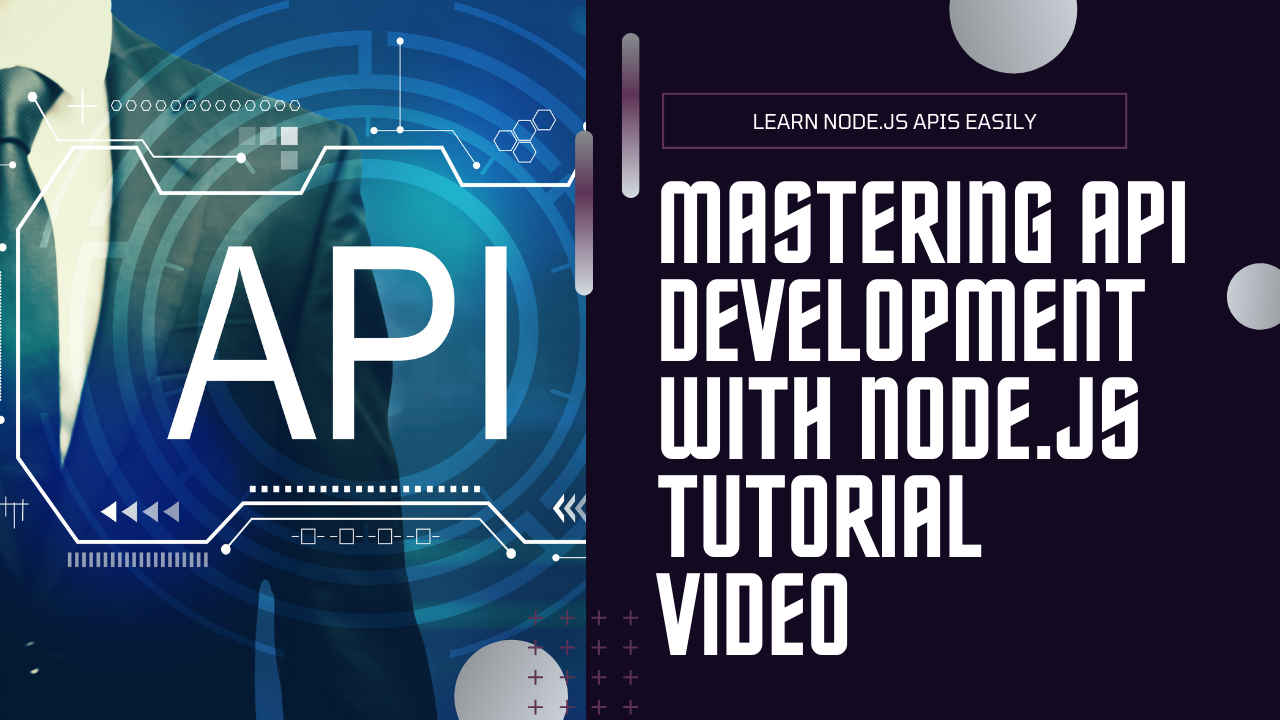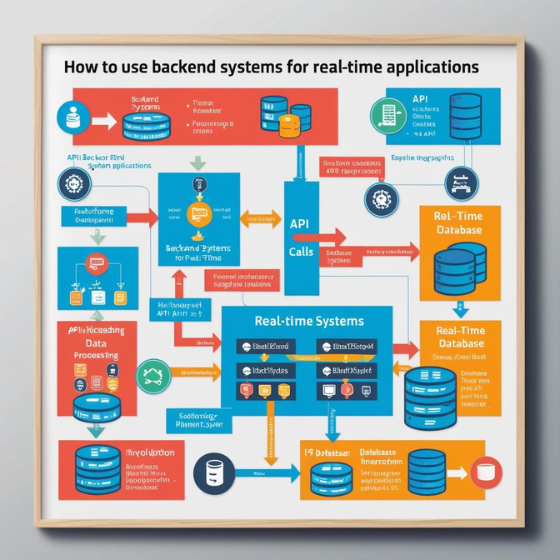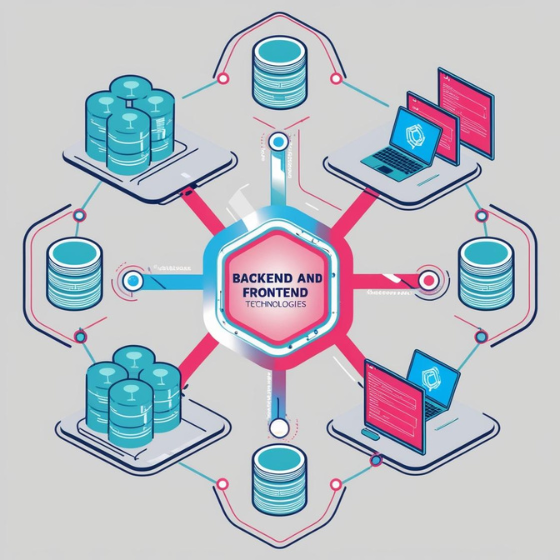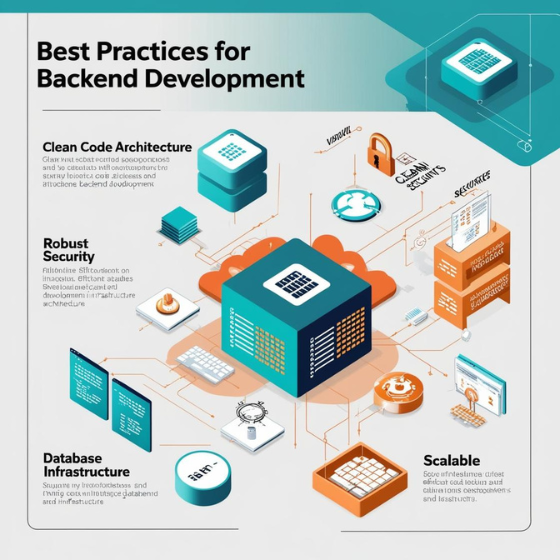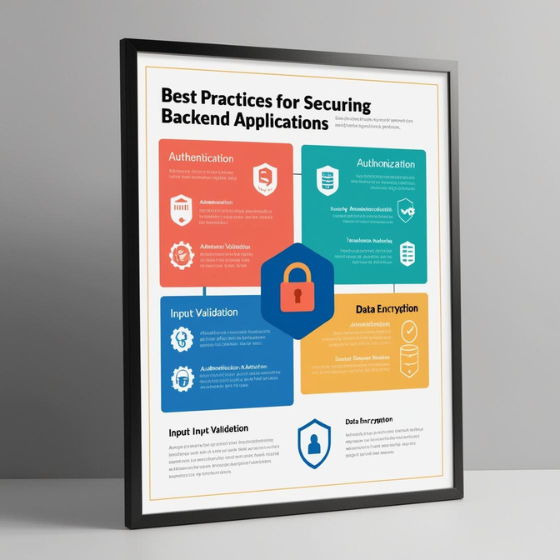In today’s digital landscape, APIs (Application Programming Interfaces) serve as the backbone of modern applications, facilitating communication between different software systems. Node.js, with its non-blocking, event-driven architecture and extensive ecosystem, is a popular choice for developing APIs. This blog explores how to develop APIs with Node.js, covering best practices, essential tools, and common pitfalls to avoid.
Understanding APIs and Node.js
What is an API?
An API is a set of protocols and tools that allow different software applications to communicate with each other. It defines the methods and data structures that applications use to request and exchange information. APIs are crucial for enabling third-party developers to interact with your application’s functionalities.
Why Choose Node.js for API Development?
Node.js is a runtime environment built on Chrome’s V8 JavaScript engine, known for its performance and scalability. Its event-driven, non-blocking I/O model allows it to handle multiple requests concurrently without waiting for one task to complete before starting another. This makes Node.js an excellent choice for developing high-performance APIs that can handle numerous simultaneous connections.
Setting Up a Node.js Project for API Development
Initialize Your Project
Start by setting up your Node.js environment. Create a new directory for your project and initialize it with npm (Node Package Manager). This will create a package.json file where you can manage your project’s dependencies and scripts.
Install Necessary Packages
For API development, you’ll need several packages, including express for building your API server, body-parser for handling request bodies, and cors for enabling cross-origin resource sharing. You can install these packages using npm.
Building Your First API with Node.js
Create Your API Server
Using Express.js, a popular web framework for Node.js, you can quickly set up an API server. Express simplifies the process of handling HTTP requests and routing them to the appropriate handlers. Define your server and set up basic routes to start handling requests.
Define Routes and Endpoints
APIs consist of various endpoints that handle specific types of requests (e.g., GET, POST, PUT, DELETE). Define these endpoints in your Express application to perform different operations, such as fetching data, creating new records, or updating existing ones.
Implement Middleware
Middleware functions in Node.js can process requests before they reach the route handlers. Common uses for middleware include logging requests, validating data, and handling errors. Implement middleware to ensure your API functions correctly and securely.
Best Practices for API Development with Node.js
Design RESTful APIs
REST (Representational State Transfer) is a widely used architectural style for designing networked applications. RESTful APIs use standard HTTP methods and status codes, making them easy to understand and integrate. Adhering to REST principles ensures that your API is intuitive and consistent.
Use Versioning
Versioning your API is crucial for maintaining compatibility with clients as your API evolves. Include a version number in your API endpoints (e.g., /api/v1/resource) to manage changes and avoid breaking existing integrations.
Handle Errors Gracefully
Effective error handling is essential for providing a reliable API. Return appropriate HTTP status codes and error messages to help clients understand and resolve issues. Implement error-handling middleware to catch and manage errors consistently across your API.
Secure Your API
Security is a critical consideration in API development. Use authentication mechanisms like JSON Web Tokens (JWT) or OAuth to ensure that only authorized users can access your API. Implement HTTPS to encrypt data in transit and protect sensitive information.
Optimize Performance
Performance optimization is key to delivering a responsive API. Use caching strategies to reduce the load on your server and improve response times. Monitor and profile your API to identify and address bottlenecks.
Testing Your API
Unit Testing
Unit tests ensure that individual components of your API function correctly. Use testing frameworks like Mocha or Jest to write tests for your API endpoints, middleware, and other functions. Automated testing helps catch bugs early and maintain code quality.
Integration Testing
Integration tests verify that different components of your API work together as expected. Test interactions between your API and external services, such as databases or third-party APIs, to ensure seamless operation.
End-to-End Testing
End-to-end tests simulate real user interactions with your API. Tools like Postman or automated testing frameworks can help you test complete workflows and validate that your API performs as intended in a production-like environment.
Documenting Your API
Importance of API Documentation
Well-documented APIs are easier for developers to understand and use. Documentation provides information about available endpoints, request and response formats, and authentication requirements. Comprehensive documentation helps users integrate with your API more efficiently.
Tools for Documentation
Several tools can assist in documenting your API. Swagger (now OpenAPI) allows you to define your API using a standard specification and generate interactive documentation. Tools like Postman also offer features for documenting and testing APIs.
Deploying Your API
Choose a Hosting Platform
Select a hosting platform for deploying your Node.js API. Options include cloud providers like AWS, Azure, and Google Cloud, as well as dedicated Node.js hosting services. Consider factors such as scalability, reliability, and cost when choosing a platform.
Set Up Continuous Integration and Deployment (CI/CD)
CI/CD pipelines automate the process of testing, building, and deploying your API. Set up CI/CD tools to ensure that changes to your code are automatically tested and deployed, reducing the risk of errors and downtime.
Monitoring and Maintenance
Monitor API Performance
Monitoring tools can help you track the performance of your API, including response times, error rates, and resource usage. Use monitoring solutions to gain insights into how your API performs under different conditions and identify areas for improvement.
Regular Maintenance
Regular maintenance is essential for keeping your API secure and up-to-date. Apply security patches, update dependencies, and review your code to ensure it remains robust and performant. Address any issues promptly to maintain a high-quality API.
Conclusion
Developing APIs with Node.js offers numerous advantages, including performance, scalability, and a rich ecosystem of tools. By following best practices, implementing effective testing strategies, and focusing on security and documentation, you can create robust and reliable APIs that meet the needs of your users. Whether you’re building a new API from scratch or enhancing an existing one, Node.js provides the flexibility and efficiency needed to succeed in today’s fast-paced development environment.
